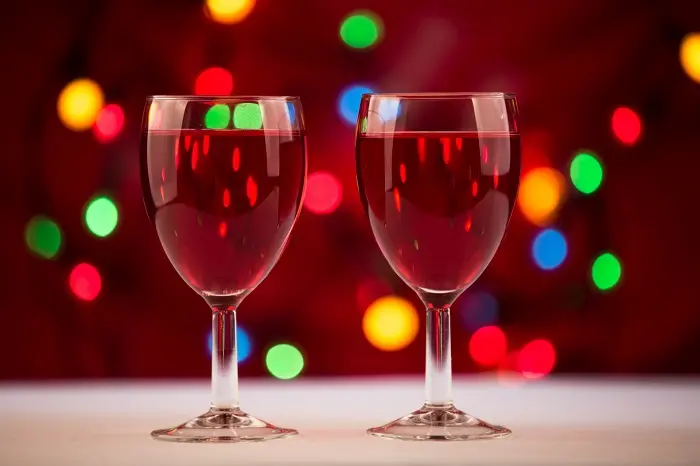DBR Lafite Group has taken a significant step into China’s expanding white wine sector by importing 20,000 white grapevine cuttings from France to its winery in Shandong province. The shipment includes eight varieties, notably Chardonnay, Petit Manseng, and Viognier, and was cleared through Qingdao Jiaodong International Airport before being transported to the group’s Domaine de Long Dai estate in Penglai, according to local media Guanhai News.
This initiative marks Lafite’s first move beyond its established red wine production in China, where its portfolio currently features only two dry red labels: Long Dai and Hu Yue. Song Jianru of Long Dai emphasized the strategic importance of diversifying grape varieties to enhance both quality and output, highlighting Penglai’s geographic advantages for viticulture.
The import arrives amid a growing domestic appetite for white wine, particularly among younger and female consumers who prefer its lighter, crisper profile over the traditionally favored reds common in business and formal settings. This shift reflects a broader rise in casual wine consumption across China.
Although Long Dai has yet to release a white wine, the move aligns with Lafite’s global expansion in white varietals. The group has recently acquired the Chablis producer William Fèvre, introduced a white label under Château Duhart-Milon, and plans to launch a new white wine from Château Rieussec in Bordeaux later this year.
Antoine Granger, DBR Lafite’s international commercial director, noted in a recent interview that the Chinese white wine market is rapidly developing. “Globally, white wine demand is increasing significantly,” he said. “China started later, but it’s catching up fast. Our sales data shows rising consumer interest and purchasing power for white wine.”
The trend is evident in import figures: from January to April 2025, imports of white wines from New Zealand—primarily Sauvignon Blanc—rose 52.8% in volume and 39.5% in value compared to the previous year. German Rieslings have also gained popularity, becoming top sellers in retailers such as Sam’s Club and Aldi.
Domestic producers are adapting accordingly. At the China Food and Drinks Fair in March, a representative from Shandong’s Longting Winery reported that approximately one-third of trade buyers focused exclusively on white wines. Meanwhile, Chateau Nine Peaks in Shandong disclosed it is increasingly using red grapes to produce white wines due to rising demand and a shortage of white grape varieties. In regions like Ningxia, prices for white grapes have even surpassed those of traditional red varieties.
This strategic investment by DBR Lafite Group underscores the dynamic evolution of China’s wine market and the growing significance of white wine in the country’s rapidly changing consumer landscape.
You Might Be Interested In:


